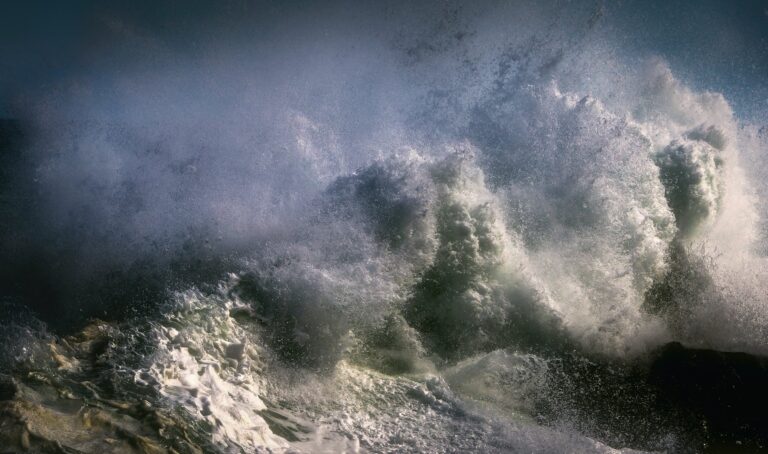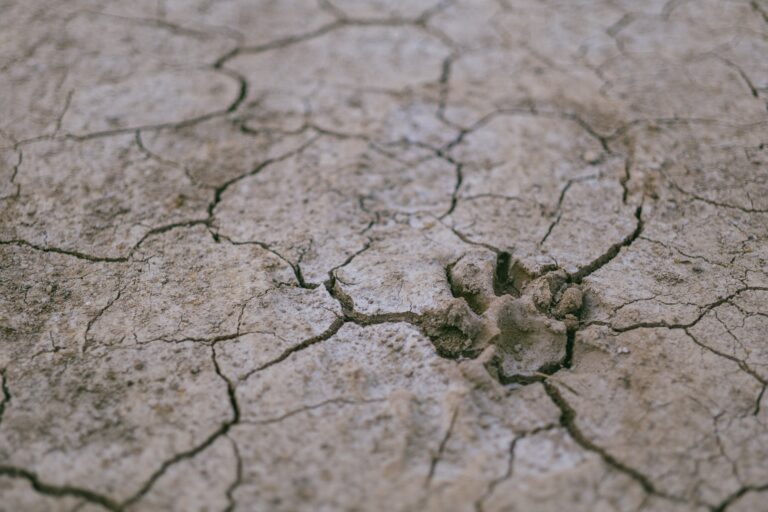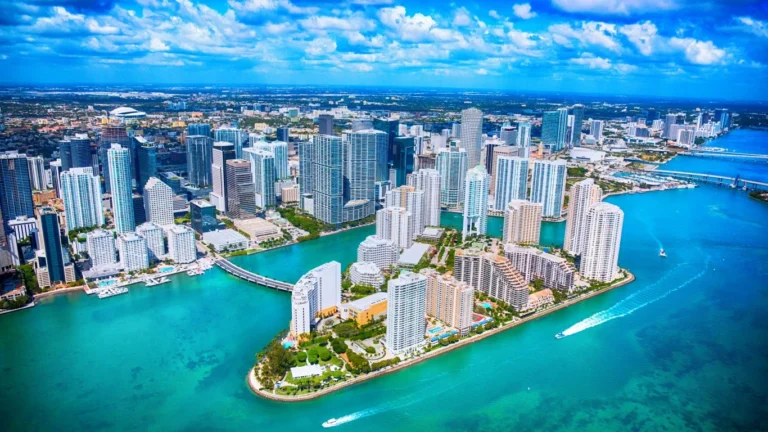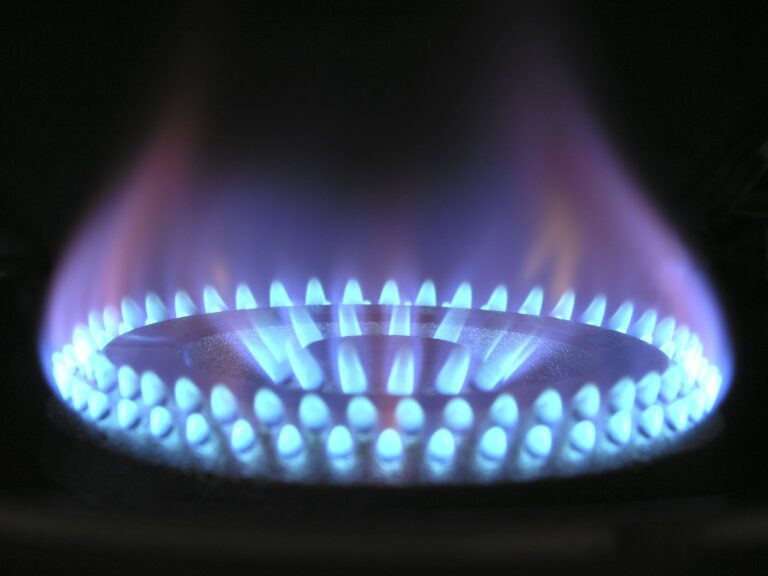Dubai, Without Water, Makes Its Own
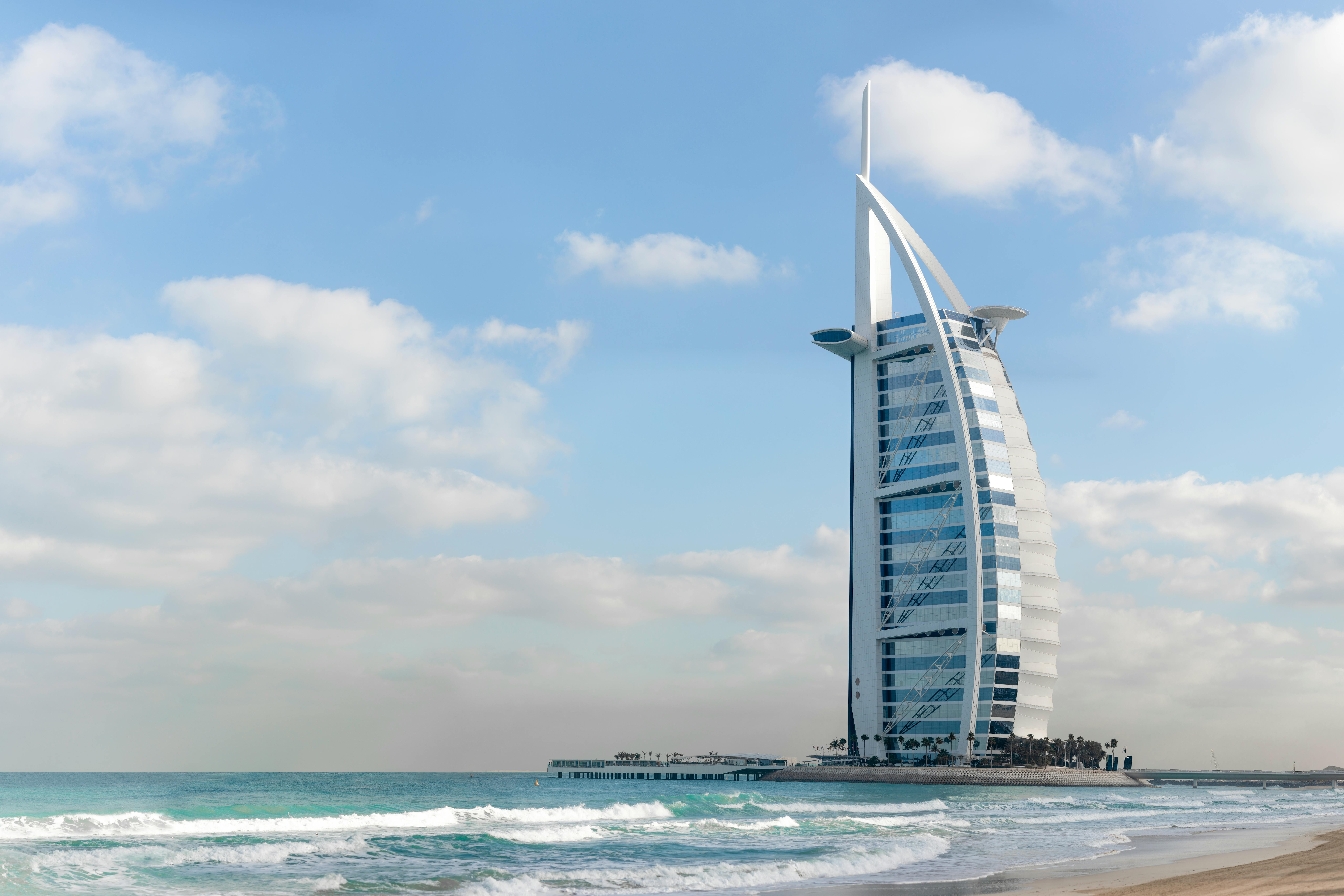
One of the puzzles American politicians and environmentalists continue to work on is the lack of water in California as drought ravages the western United States except for rare periods of heavy snow or rainfall, which sometimes come as “bomb cyclones” from off the Pacific. The megadrought, a term used over the last several years to describe the climate crisis in parts of California, continues the worst drought in 1,200 years. Ironically, along the coast of California is the world’s biggest ocean. For cities and farms, this does not matter. The water is filled with salt.
Drought hits America’s dinner table.
Another place running out of water–New Orleans
On a much smaller scale, Dubai has a similar problem. With a population of 3.5 million, it is the capital of the United Arab Emirates. Dubai is within the borders of the Arabian Desert, one of the world’s largest. It is also bordered by the Persian Gulf and the Gulf of Oman, both salt-water bodies.
Dubai’s Salt Water Solution
Less than 1% of the freshwater used in Dubai comes from groundwater. The balance comes from desalination plants. These plants, part of the Dubai Electric and Water Authority, pump water from the gulf, which is used for both power generation and desalination. Dubai Electric and Water Authority is a public company. Aside from its water and electricity divisions, it runs the largest single-site solar park in the world. Its utilities business has almost 900,000 residential customers and supports over 225,000 businesses. It operates 490 desalination plants, which support one million water customers.
Desalination uses reverse osmosis technology to separate water molecules from seawater. It is not an extremely difficult process, but plant construction is expensive and uses large amounts of energy. According to the Department of Energy Office of Energy Efficiency and Renewable Energy:
Desalination is an energy-intensive process because of the energy required to separate salts and other dissolved solids from water. In operation, the actual pressure required is approximately two times the osmotic pressure; for seawater, this translates to about 800–1,000 pounds per square inch. The energy required to run pumps that can achieve these high pressures accounts for approximately 25% to 40% of the overall cost of water.
For almost all of America, the cost of creating fresh water through this process is too high to be affordable for consumers and most businesses. The question is whether advances in the desalination process can make it more cost-effective. Some people think that could happen. “Desalination technology has improved greatly, and it’s now remotely plausible to do. But it’s only plausible if you’re willing to pay a lot of money.” Jay Lund, the co-director of the Watershed Sciences Center at the University of California, Davis, told CNBC.
Can California Afford To Pay?
What is unclear for California is at which point scarcity will force the construction of large plants and where the financial incentive to do so will come from. Either utilities will believe that freshwater scarcity will allow them to charge more than people pay now, or the government will decide it will be essential to underwrite the necessary infrastructure.
It is convenient to argue that the UAE has extensive desalination infrastructure because it is rich. The nation ranks sixth globally based on GDP per capita at $87,729. That is well ahead of the US, in eighth place at $76,399. However, Dubai has these plants because it can not survive without them. The UAE has no other choice. At some point, as the 1,200-year drought in California continues, some parts of this state will have the same problem.
Sponsor
Find a Vetted Financial Advisor
- Finding a fiduciary financial advisor doesn't have to be hard. SmartAsset's free tool matches you with up to 3 financial advisors that serve your area in 5 minutes.
- Each advisor has been vetted by SmartAsset and is held to a fiduciary standard to act in your best interests. Get on the path toward achieving your financial goals!


